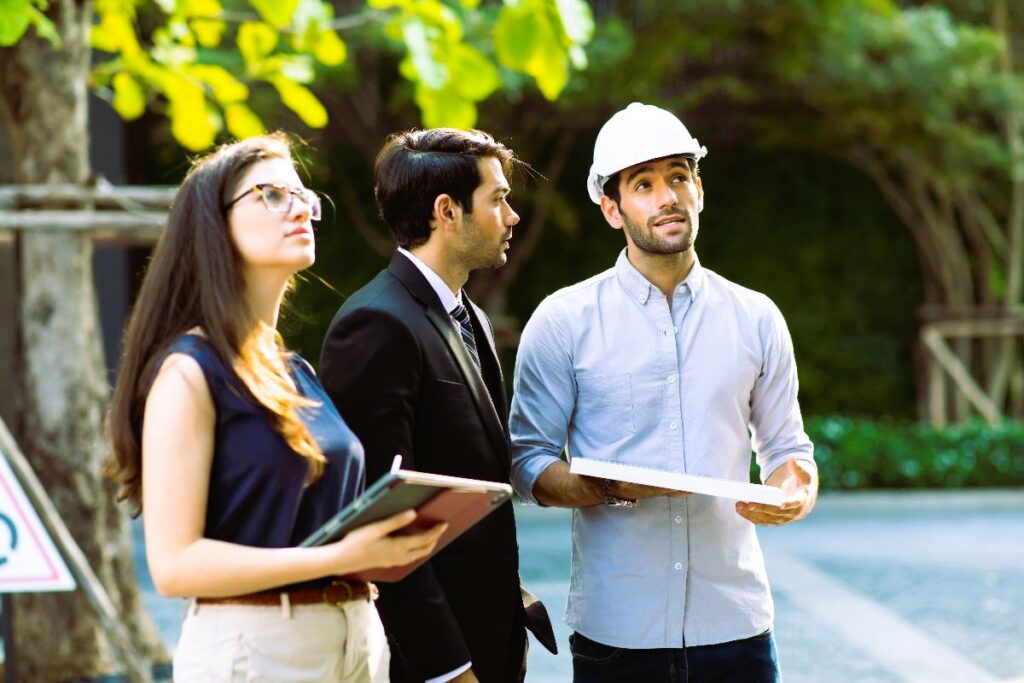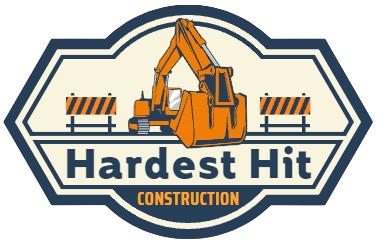In an era marked by environmental consciousness and a growing commitment to sustainability, the construction industry has embraced a paradigm shift towards eco-friendly and socially responsible practices. Sustainable construction certifications play a pivotal role in guiding and recognizing these efforts. This article serves as a comprehensive guide to various sustainable construction certifications, helping professionals and organizations navigate the landscape of sustainability standards and make informed choices.
Understanding Sustainable Construction Certifications:
Sustainable construction certifications are voluntary standards that assess and validate a project’s adherence to environmentally friendly, energy-efficient, and socially responsible practices. These certifications not only contribute to the reduction of environmental impact but also showcase a commitment to creating structures that promote long-term ecological balance.
Popular Sustainable Construction Certifications:

1. LEED (Leadership in Energy and Environmental Design):
- Overview: LEED is one of the most widely recognized sustainable building certification programs globally.
- Criteria: It evaluates a project’s performance in areas such as energy efficiency, water conservation, materials selection, and indoor environmental quality.
2. BREEAM (Building Research Establishment Environmental Assessment Method):
- Overview: Originating in the UK, BREEAM assesses buildings based on sustainability criteria.
- Criteria: It considers energy and water use, materials selection, waste management, and ecological impact.
3. Green Globes:
- Overview: Green Globes is a building certification program that originated in the United States and assesses the environmental performance of buildings.
- Criteria: It evaluates energy efficiency, water conservation, materials, and indoor environmental quality. We have prepared key strategies for builders to optimize the energy efficiency of buildings.
4. WELL Building Standard:
- Overview: WELL focuses on the health and well-being of building occupants.
- Criteria: It assesses factors such as air, water, nourishment, light, fitness, and comfort.
5. Living Building Challenge:
- Overview: Living Building Challenge is a rigorous certification that goes beyond green building, aiming for regenerative design.
- Criteria: It includes performance areas such as site, water, energy, health, and materials.
How to Choose the Right Sustainable Construction Certification:
1. Project Goals and Objectives:
- Consideration: Align the certification with the specific goals and objectives of the construction project.
- Rationale: Different certifications may emphasize different aspects of sustainability, so choosing one that aligns with project priorities is essential.
2. Scope of Certification:
- Consideration: Evaluate the entire scope of the certification and its relevance to the project type (e.g., commercial, residential, industrial).
- Rationale: Some certifications are more adaptable to specific project types, ensuring a better fit for the intended construction.
3. Level of Certification:
- Consideration: Determine the desired level of certification (e.g., Silver, Gold, Platinum) based on project aspirations and feasibility.
- Rationale: Higher certification levels often require more stringent criteria, reflecting a higher commitment to sustainability.
4. Cost and Resources:
- Consideration: Assess the financial and resource implications of pursuing a particular certification.
- Rationale: Some certifications may have higher associated costs, and it’s crucial to balance the benefits against the investment.
5. Stakeholder Engagement:
- Consideration: Involve key stakeholders, including architects, engineers, and project owners, in the decision-making process.
- Rationale: A collaborative approach ensures that the chosen certification reflects the collective values and commitments of all involved parties.
Industry Standards and Guidelines:

For detailed information on sustainable construction certifications and industry standards, readers are encouraged to explore resources provided by Wikipedia. These platforms offer valuable insights into sustainable construction practices, certification criteria, and guidelines for achieving environmentally responsible and energy-efficient buildings.
Conclusion:
Choosing the right sustainable construction certification is a strategic decision that reflects a commitment to creating buildings that prioritize environmental responsibility, energy efficiency, and occupant well-being. As the construction industry continues to embrace sustainability as a core value, these certifications provide a roadmap for professionals and organizations to navigate the complexities of green building practices. By selecting the certification that best aligns with project goals, stakeholders can contribute to a more sustainable and resilient built environment, shaping the future of construction in a way that benefits both people and the planet.




